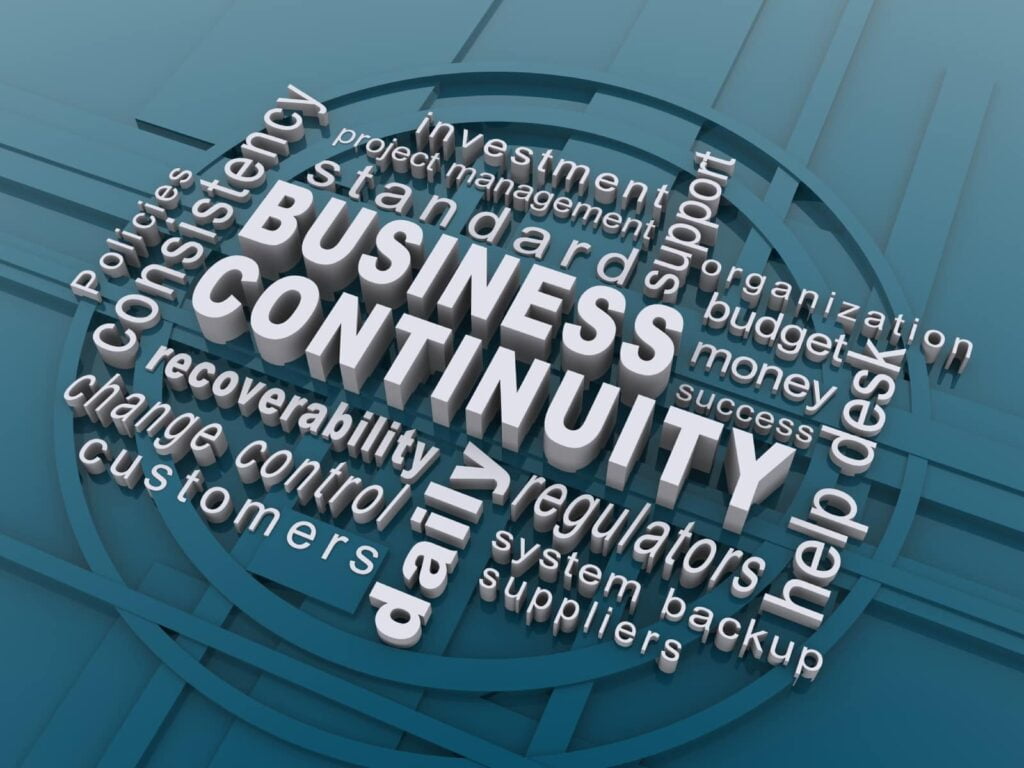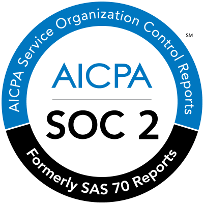BUSINESS CONTINUITY

What is Business Continuity?
Business Continuity refers to the processes, procedures, and strategies an organization puts in place to ensure its critical functions can continue even when faced with disruptive events. It’s like planning for the unexpected, from minor IT outages to major disasters like natural catastrophes or cyberattacks.
Benefits of Bussiness Continuity?
- Reduced Revenue Loss: By ensuring critical operations can continue even during disruptions, BC helps organizations minimize revenue losses and financial impact.
- Maintained Customer Satisfaction: By delivering products and services consistently, BC prevents customer dissatisfaction and potential loss of business.
- Protected Brand Reputation: Quick recovery from disruptions minimizes negative publicity and protects your brand image.
- Minimized Downtime and Lost Revenue: By having a plan in place to quickly recover from incidents, you can get your business back up and running faster, reducing financial losses and operational disruptions.
- Protected Customer Relationships: Maintaining essential services during disruptions helps minimize inconvenience to customers and ensures their needs are met, fostering trust and loyalty.
- Preserved Brand Reputation: Demonstrating your ability to handle challenges effectively protects your brand image and maintains stakeholder confidence.


Benefits Of Business Continuity?
- Reduced Revenue Loss: By ensuring critical operations can continue even during disruptions, BC helps organizations minimize revenue losses and financial impact.
- Maintained Customer Satisfaction: By delivering products and services consistently, BC prevents customer dissatisfaction and potential loss of business.
- Protected Brand Reputation: Quick recovery from disruptions minimizes negative publicity and protects your brand image.
- Minimized downtime and lost revenue: By having a plan in place to quickly recover from incidents, you can get your business back up and running faster, reducing financial losses and operational disruptions.
- Protected customer relationships: Maintaining essential services during disruptions helps minimize inconvenience to customers and ensures their needs are met, fostering trust and loyalty.
- Preserved brand reputation: Demonstrating your ability to handle challenges effectively protects your brand image and maintains stakeholder confidence.
Our Approach
1. Plan:
- Identify Potential Threats: Conduct a thorough risk assessment to identify potential threats such as natural disasters, power outages, cyberattacks, pandemics, and even human error.
- Conduct a Business Impact Analysis (BIA): Analyze the critical business functions and processes, estimate the financial impact of downtime for each, and establish Recovery Time Objectives (RTOs) and Recovery Point Objectives (RPOs).
- Develop a Business Continuity Plan (BCP): This plan outlines the procedures for responding to disruptions, including communication protocols, resource allocation, restoration priorities, and recovery activities.
- Define Roles and Responsibilities: Assign clear roles and responsibilities to team members for specific tasks and decision-making during an incident.
2. Implement:
- Secure Necessary Resources: Secure essential resources like backup systems, alternative workspaces, disaster recovery software, and emergency communication tools.
- Implement Controls and Safeguards: Implement security measures, data backups, and redundancy plans to minimize the impact of disruptions.
- Develop Alternative Processes: Establish alternative processes for critical functions in case primary systems are unavailable.
- Train Employees: Conduct regular training for employees on the BCP, their roles, and how to respond during disruptions.
3. Test and Maintain:
- Conduct Regular Tests: Simulate disruptions through tabletop exercises, walkthroughs, and full-scale drills to test the BCP and identify areas for improvement.
- Maintain and Update the BCP: Regularly review and update the BCP to reflect changes in the business environment, technology, and threat landscape.
- Document Lessons Learned: Analyze the results of tests and real-world events to identify and address weaknesses in the BCP.
- Communicate and Coordinate: Ensure clear communication and coordination between departments and stakeholders involved in business continuity efforts.










